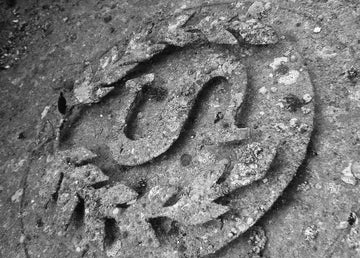Originally built in the French shipyard of La Seyne, in 1964, the Salem Express was hurled under the name of Fred Scamaroni in 1966 as passenger and vehicle ferry. During the following years the ship had different names: Nuits Saint George or Lord and Al Tahara Sinai until 1988 when it got its final name: Salem Express.

Book your dive on the Red Sea
VIEW ALL RED SEA DIVING DEALS
In the early 90s the Salem Express, that operated as a passenger ferry, was based in the port of Safaga. On the night of December 15th 1991, the day of the disaster, it was returning from the port of Jeddah in Saudi Arabia, overloaded with vehicles and passengers returning from the pilgrimage to the holy city of Mecca. The estimated number of passengers on board varies, as some reports indicate that on the boat traveled 578 passengers and 71 crew members, while other reports say the ship was carrying 1,600 people.
Near its final destination, Safaga, the Salem Express entered a midnight storm that became gale when the ship neared Hyndman Reef. The incredible force of the wind made the Salem Express hit the reef in the southeast creating a huge hole in the hull and driveway gates completely swamping the boat in seconds. In less than 30 minutes the ship sank to 89 feet deep, taking with it all who were in the inner compartments.
Both the strength of the storm and the darkness of the night greatly difficult the rescue efforts. The final death toll stood at 470.
Considering the magnitude of this disaster and that less than 25 years have passed since its collapse, it's easy to understand why there is so much controversy to dive the Salem Express. Many people find it inappropriate to recreationally dive this wreck, not only due to the sinking speed, the circumstances of the disaster and the inability to implement the rescue plan, but also due to religious factors, given the fact that hundreds of pilgrims died in the ship while returning from Mecca.
Still, diving in the Salem Express is a unique experience, unlike any other shipwreck. Its depth is between 39 to 108 feet and you can still find remnants of the passenger’s stuff like personal luggage, carpets used for prayers, portable stereos, even bicycles and push chairs. Several of the lifeboats are upright and intact. You can dive through the restaurant, decks, as well as the upper and lower bridge. In this wreck it is very important to follow the maxim of "look and not touch" anything to respect the remains of those who lost their lives in this ship.
At the stern of the ship can you can find intact its two large propellers and you can dive under the stern of the keel to the back cover. In the deepest part of the wreck, at 98 feet, you'll find the lifeboats and the two chimneys, where you'll see two large wreaths with a big 'S' in the center. The bridge can also be well seen from outside of the cabin through the portholes that run the boat hull.
Entering the wreck and diving the corridors is dangerous due to the lack of light so only experienced divers should go into it. Through these passages you'll reach a large aft compartment, where there is still a van, trucks and dozens of personal effects that gravity has amassed to the bottom. Following the halls there are more personal items such as bicycles, some children toys and luggage.
The marine life has not colonized the boat yet but there are some corals and small fish that roam the ship. You can find a few emperor angelfish, frogfish, triggerfish and clownfish. Perhaps the underwater fauna also feels the tragedy that happened there and don't consider this a good place to call their home.























